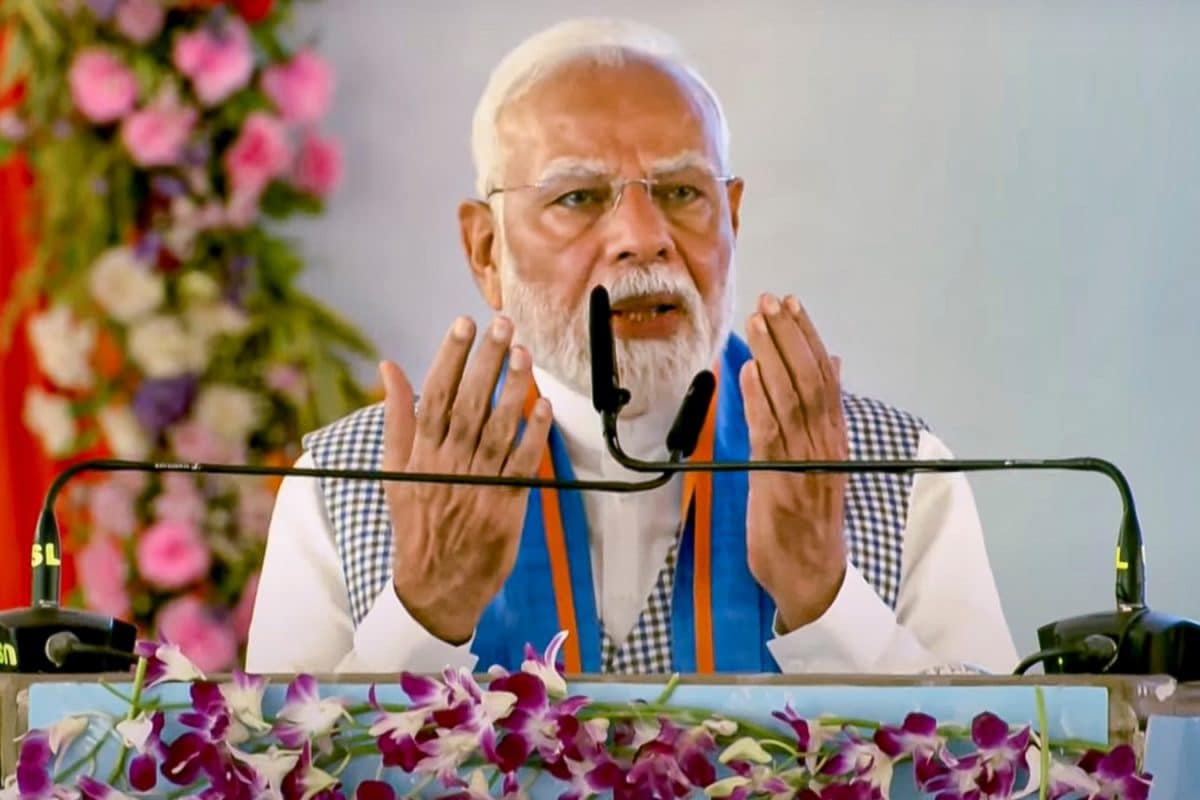

Rajendra Chola I, often hailed as Rajendra the Great, was a prominent Chola Emperor who reigned from 1014 to 1044 CE. Born Madhurantaka Chola in Thanjavur on July 26, 971, he was the son of Rajaraja I and Vanavan Mahadevi. He is celebrated for expanding the Chola empire's influence across South and Southeast Asia through military and naval expeditions. Prime Minister Narendra Modi is scheduled to attend the Aadi Thiruvathirai Festival in Tamil Nadu on July 27, 2025, to commemorate Rajendra Chola I's birth anniversary and the 1000th anniversary of his maritime expedition to Southeast Asia.
Rajendra I ascended to the Chola throne in 1014 CE, succeeding his father, Rajaraja I. Prior to this, he served as co-regent with his father from 1012 CE, gaining valuable experience in administration and warfare. From the beginning of his reign, Rajendra I demonstrated his military capabilities, leading campaigns against the Rashtrakutas, Western Chalukyas, and Pandyas. These early successes set the stage for his future conquests and expansion of the Chola empire.
Rajendra Chola I's reign is marked by significant military and naval achievements. One of his most notable accomplishments was his expedition to the Ganges River in North India. His forces marched through Kalinga and defeated Mahipala, the Pala king of Bengal, which earned him the title "Gangaikonda Chola" (The Chola who took the Ganges river). To commemorate this victory, he established a new capital city called Gangaikonda Cholapuram and constructed the Gangaikonda Cholaeswarer Temple, a magnificent Shiva temple.
Beyond the Indian subcontinent, Rajendra Chola I extended his influence through naval expeditions. In 1025 CE, he led a campaign against the Srivijaya empire, which controlled strategic trade routes in Southeast Asia. His victory in this campaign secured Chola dominance over the Indian Ocean, enhanced maritime trade, and brought wealth to the empire. As a result of this conquest, he gained the title "Kadaram Kondan" (He who took Kedah). His territories included coastal Burma, the Andaman and Nicobar Islands, Lakshadweep, and the Maldives. Tamil Chola armies exacted tribute from Thailand and the Khmer kingdom of Cambodia.
Rajendra Chola I also invaded Sri Lanka, completing the task begun by his father. By his fifth year, Rajendra claimed to have completely conquered the island, incorporating the whole of Anuradhapura into the Chola Empire.
In addition to his military achievements, Rajendra Chola I made significant administrative and cultural contributions. He strengthened the revenue system, appointed regional governors, and promoted local self-governance. He supported merchant guilds and encouraged Tamil diaspora settlement, temple-building, and local alliances abroad. Rajendra was a follower of Shaivism but welcomed Buddhism, building several stupas across South-East Asia and South India. The Chola Empire under him became one of the wealthiest empires of the time, developing connections with Song China in the east and the Arabs in the west.
The Aadi Thiruvathirai Festival, held from July 23 to 27, 2025, at Gangaikonda Cholapuram, commemorates Rajendra Chola I's legacy. The festival includes cultural performances, exhibitions on Chola Shaivism and temple architecture, and heritage walks. The grand finale on July 27 will feature a performance by Padma Vibhushan Ilaiyaraaja and be attended by PM Modi, Governor R.N. Ravi, and other dignitaries. The Ministry of Culture is organizing the festival to celebrate Tamil Nadu's ancient Shaivite and cultural legacy and to highlight the profound philosophical roots of Shaiva Siddhanta.
Rajendra Chola I died in 1044 CE and was succeeded by his son Rajadhiraja Chola I. He remains a significant figure in South Indian history, remembered for his military conquests, naval power, administrative skills, and cultural contributions.